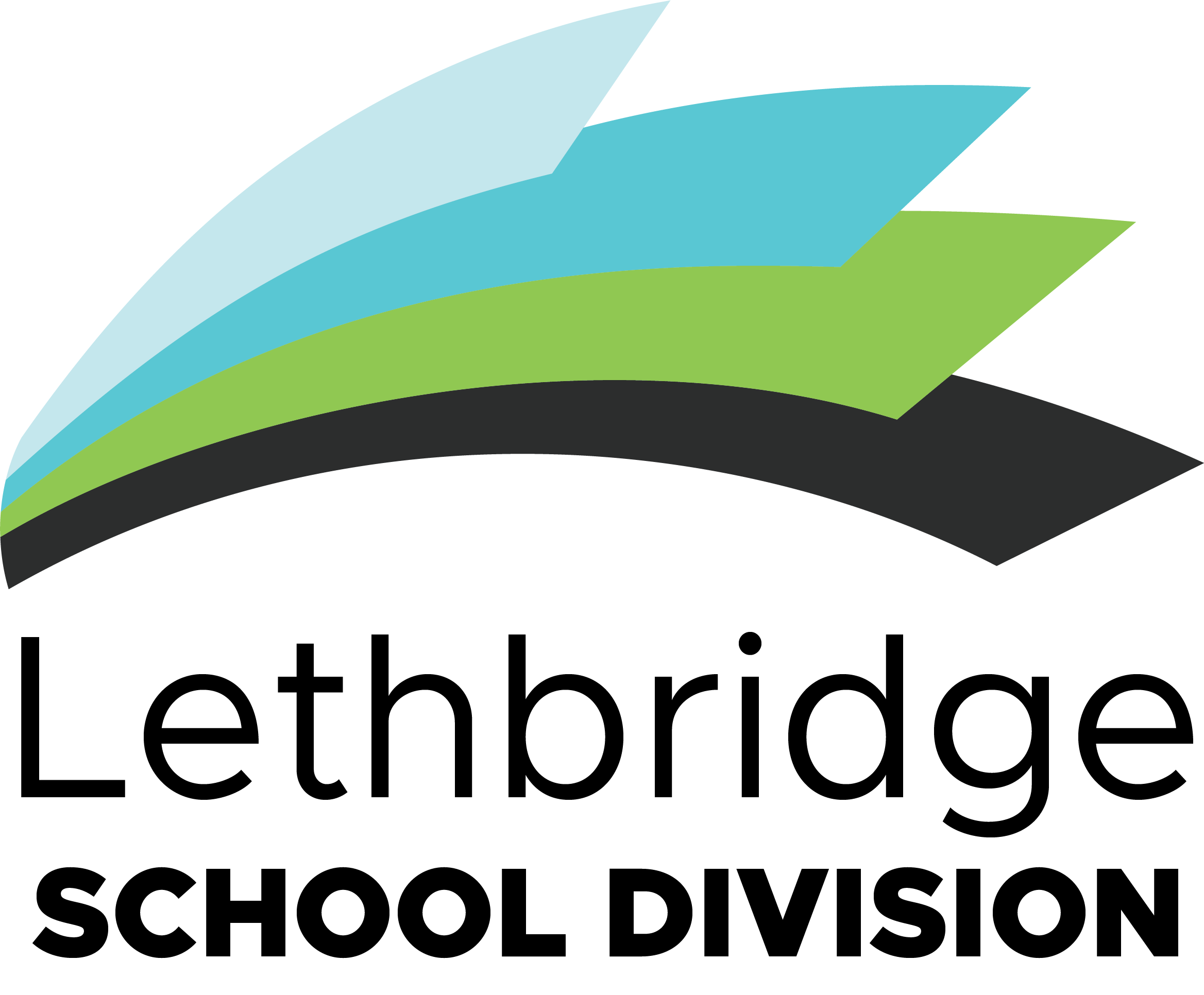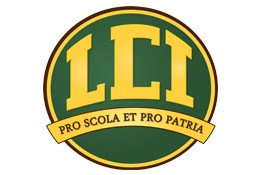Astronomy 15-25-35 are interactive and hands on courses. Students will learn through lecture, research, data analysis and presentations. In these courses we will dive deeper into the science that students started learning in science 6 and science 9.
Major Goals
While inundated with space and astronomy in modern media, many students remain unaware that the sky is constantly changing above them. Using a variety of astronomical tools students in the Astronomy sequence will experience first-hand observations that foster foundational understandings, including:
- An appreciation for the vastness of space;
- Knowledge of the position and motion of celestial objects;
- The ability to explain nucleosynthesis and stellar evolution;
- Knowledge of historical models of astronomy, cosmology and astrophysics;
- Competency in basic astrophotography; and
- Knowledge of space exploration and flight dynamics.
Field experiences will offer practical application to observe and document the various objects visible in the day and night skies. Students will further use their field experience observations to develop and reinforce the learning outcomes within this course sequence. While field experiences and observations are part of the course, they are dependent upon the teacher and school’s ability to offer them and the student’s ability to participate. Alternative methods for field experiences and gathering observations may be considered (i.e. Remote observations online).
In Astronomy 15-25-35, students will analyze, assess, and refine connections among celestial observations, human exploration, creativity, innovation and technological advancements. By embracing historical human curiosity pertaining to the sky above, students can further critically examine their perspective within the solar system and universe. Moreover, throughout the course sequence, students will enhance their scientific literacy and numeracy by applying active observation and documentation skills (such as diagrams, sketches, field notes) of various celestial bodies visible in the daytime and nighttime skies. The Astronomy course sequence promotes the development of engaged thinkers and ethical citizens by allowing students to strive for personal excellence in their high school learning journey, using astronomy to enhance scientific literacy and numeracy. Further, the combination of classroom and evening field experiences enables students to solve complex problems; to think critically; to apply multiple literacies in reading, writing, and mathematics; to demonstrate communication skills; and to collaborate with others in the application of knowledge and skills in studying the celestial sphere.
Astronomy 15 (5 credits)- paired with INF1060 Spreadsheet 1 and INF 2080 Spreadsheet 2 No prerequisite
Major Concepts
- Our Solar System
- Telescopes
- Observing Space from Earth
- Life Cycle of Stars
- The “Original” Space Race
- Voyager Missions
- Kepler Telescope
- Data Analysis and processing
Astronomy 25- (5credits) paired with INF 1070 Digital Presentation and INF 2100 Reports Prerequisite: Science 10 or Astronomy 15
Major Concepts
- Chemistry of Stars
- Looking for Life
- Life in Space
- Radioactive decay
- Neutrinos
- Electromagnetic Spectrum
- Diffraction, reflection, refraction, polarization, and interference of light
- Newtonian Models
- Kepler Models
- Shuttle Program
- Artemis Program
- “New” Space Race
- Rovers
- Artificial Satellites

